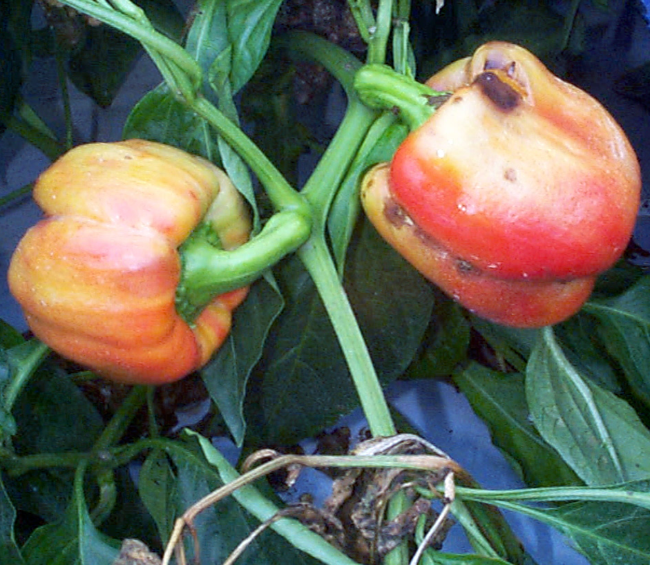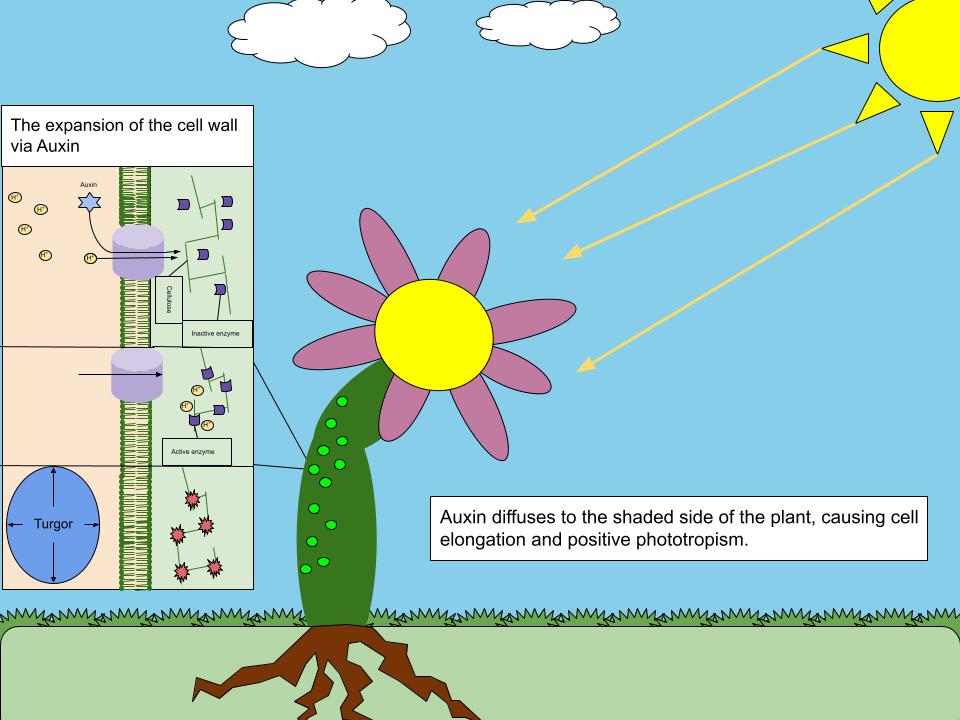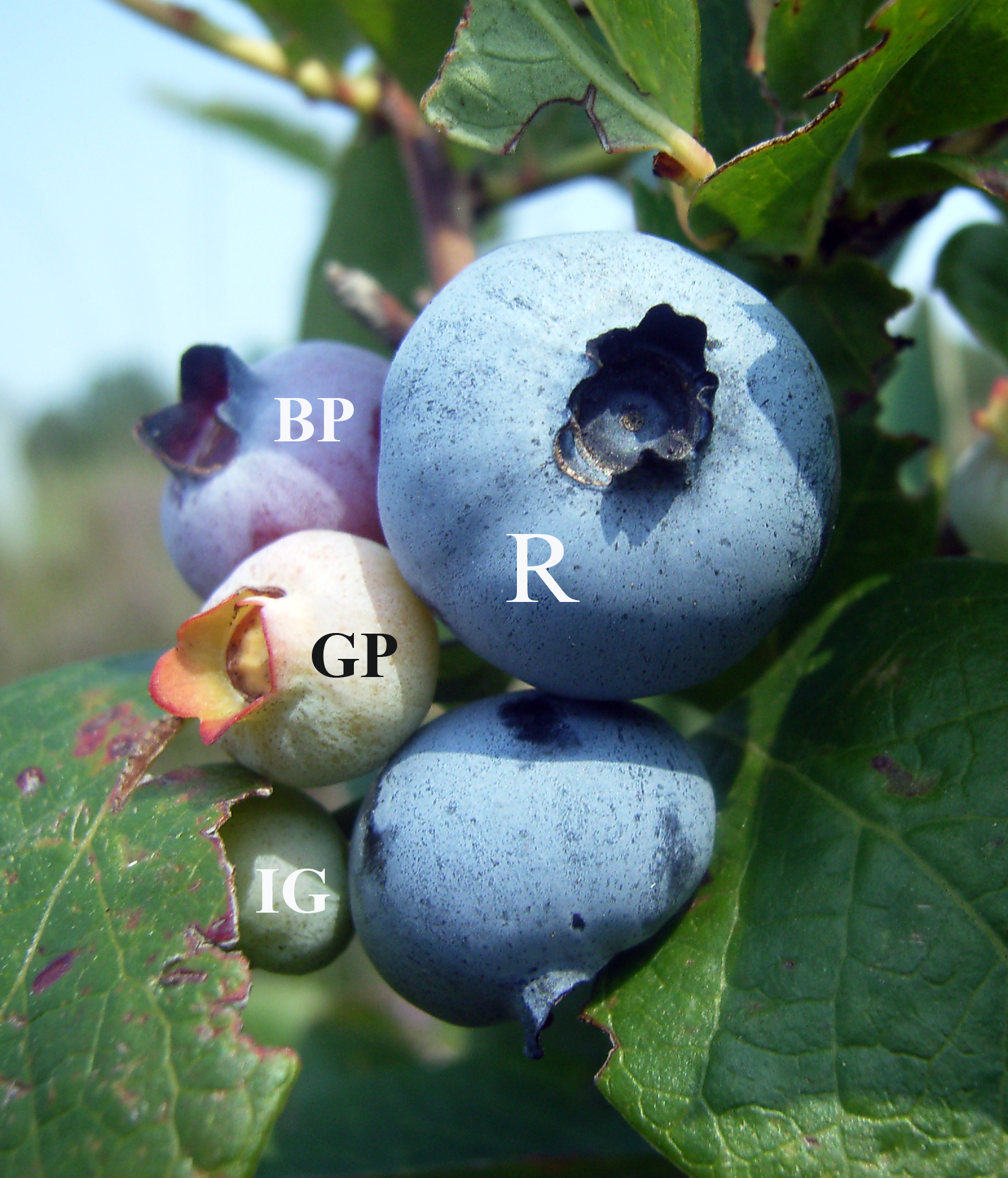|
Blueberry Mosaic Associated Virus
Blueberry mosaic associated virus (B1MaV) is a plant virus which infects blueberry plants, causing a discoloration of the leaves of the plants in a mosaic-like pattern. The disease is found in blueberry plants in many regions of North America, as well as South America, Europe, New Zealand, and South Africa. Within these regions the virus is most often found in high blueberry-yielding areas, but can be spread to other locations. Blueberry mosaic associated virus is one of eight species in the genus '' Ophiovirus''. It is a member of the '' Aspiviridae'' family, in the '' Serpentovirales'' order, and in the ''Milnevircetes'' class. Viruses in ''Aspiviridae'' are characterized by a flexible and elongated nucleocapsid that is composed mostly of filamentous structures and is helically symmetrical. It also has a non-enveloped protein capsid that is capable of coiling around itself allowing for a super-coiled structure and the helical symmetry. The virus has the potential to be symptomat ... [...More Info...] [...Related Items...] OR: [Wikipedia] [Google] [Baidu] |
Plant Virus
Plant viruses are viruses that have the potential to affect plants. Like all other viruses, plant viruses are obligate intracellular parasites that do not have the molecular machinery to replicate without a host. Plant viruses can be pathogenic to vascular plants ("higher plants"). Many plant viruses are rod-shaped, with protein discs forming a tube surrounding the viral genome; isometric particles are another common structure. They rarely have an envelope. The great majority have an RNA genome, which is usually small and single stranded (ss), but some viruses have double-stranded (ds) RNA, ssDNA or dsDNA genomes. Although plant viruses are not as well understood as their animal counterparts, one plant virus has become very recognizable: '' tobacco mosaic virus'' (TMV), the first virus to be discovered. This and other viruses cause an estimated US$60 billion loss in crop yields worldwide each year. Plant viruses are grouped into 73 genera and 49 families. However, these fi ... [...More Info...] [...Related Items...] OR: [Wikipedia] [Google] [Baidu] |
Post Transcriptional Gene Silencing
RNA interference (RNAi) is a biological process in which RNA molecules are involved in sequence-specific suppression of gene expression by double-stranded RNA, through translational or transcriptional repression. Historically, RNAi was known by other names, including ''co-suppression'', ''post-transcriptional gene silencing'' (PTGS), and ''quelling''. The detailed study of each of these seemingly different processes elucidated that the identity of these phenomena were all actually RNAi. Andrew Fire and Craig Mello shared the 2006 Nobel Prize in Physiology or Medicine for their work on RNAi in the nematode worm ''Caenorhabditis elegans'', which they published in 1998. Since the discovery of RNAi and its regulatory potentials, it has become evident that RNAi has immense potential in suppression of desired genes. RNAi is now known as precise, efficient, stable and better than antisense therapy for gene suppression. Antisense RNA produced intracellularly by an expression vector may be ... [...More Info...] [...Related Items...] OR: [Wikipedia] [Google] [Baidu] |
Auxin
Auxins (plural of auxin ) are a class of plant hormones (or plant-growth regulators) with some morphogen-like characteristics. Auxins play a cardinal role in coordination of many growth and behavioral processes in plant life cycles and are essential for plant body development. The Dutch biologist Frits Warmolt Went first described auxins and their role in plant growth in the 1920s. Kenneth V. Thimann became the first to isolate one of these phytohormones and to determine its chemical structure as indole-3-acetic acid (IAA). Went and Thimann co-authored a book on plant hormones, ''Phytohormones'', in 1937. Overview Auxins were the first of the major plant hormones to be discovered. They derive their name from the Greek word ( – 'to grow/increase'). Auxin is present in all parts of a plant, although in very different concentrations. The concentration in each position is crucial developmental information, so it is subject to tight regulation through both metabolism and transp ... [...More Info...] [...Related Items...] OR: [Wikipedia] [Google] [Baidu] |
Chloroplast
A chloroplast () is a type of membrane-bound organelle, organelle known as a plastid that conducts photosynthesis mostly in plant cell, plant and algae, algal cells. Chloroplasts have a high concentration of chlorophyll pigments which capture the Radiant energy, energy from sunlight and convert it to chemical energy and release oxygen. The chemical energy created is then used to make sugar and other organic molecules from carbon dioxide in a process called the Calvin cycle. Chloroplasts carry out a number of other functions, including fatty acid synthesis, amino acid synthesis, and the immune response in plants. The number of chloroplasts per cell varies from one, in some unicellular algae, up to 100 in plants like ''Arabidopsis'' and wheat. Chloroplasts are highly dynamic—they circulate and are moved around within cells. Their behavior is strongly influenced by environmental factors like light color and intensity. Chloroplasts cannot be made anew by the plant cell and must ... [...More Info...] [...Related Items...] OR: [Wikipedia] [Google] [Baidu] |
Parenchyma
upright=1.6, Lung parenchyma showing damage due to large subpleural bullae. Parenchyma () is the bulk of functional substance in an animal organ such as the brain or lungs, or a structure such as a tumour. In zoology, it is the tissue that fills the interior of flatworms. In botany, it is some layers in the cross-section of the leaf. Etymology The term ''parenchyma'' is Neo-Latin from the Ancient Greek word meaning 'visceral flesh', and from meaning 'to pour in' from 'beside' + 'in' + 'to pour'. Originally, Erasistratus and other anatomists used it for certain human tissues. Later, it was also applied to plant tissues by Nehemiah Grew. Structure The parenchyma is the ''functional'' parts of an organ, or of a structure such as a tumour in the body. This is in contrast to the stroma, which refers to the ''structural'' tissue of organs or of structures, namely, the connective tissues. Brain The brain parenchyma refers to the functional tissue in th ... [...More Info...] [...Related Items...] OR: [Wikipedia] [Google] [Baidu] |
Phloem
Phloem (, ) is the living tissue in vascular plants that transports the soluble organic compounds made during photosynthesis and known as ''photosynthates'', in particular the sugar sucrose, to the rest of the plant. This transport process is called translocation. In trees, the phloem is the innermost layer of the bark, hence the name, derived from the Ancient Greek word (''phloiós''), meaning "bark". The term was introduced by Carl Nägeli in 1858. Different types of phloem can be distinguished. The early phloem formed in the growth apices is called protophloem. Protophloem eventually becomes obliterated once it connects to the durable phloem in mature organs, the metaphloem. Further, secondary phloem is formed during the thickening of stem structures. Structure Phloem tissue consists of conducting cells, generally called sieve elements, parenchyma cells, including both specialized companion cells or albuminous cells and unspecialized cells and supportive cells, such ... [...More Info...] [...Related Items...] OR: [Wikipedia] [Google] [Baidu] |
Citrus Psorosis Virus
Citrus psorosis virus is a plant pathogenic virus infecting citrus plants worldwide. It is considered the most serious and detrimental virus pathogen of these trees. Psorosis disease Psorosis includes various graft-transmitted diseases all of which can be associated with different pathogenic strains including the more mild CPs-V-A and more severe CPsV-B. The virus is characterized by a single-stranded RNA molecule with a 48 kDa coat protein and a spiral filament structure. Common hosts of this disease are citrus and herbaceous plants like sweet orange, grapefruit, mandarin, and Mexican lime. Symptoms of infected hosts consist of interveinal chlorotic flecks and leaf mottling in younger tissues–in more severe cases these symptoms persist in older tissues. In mild cases, the bark of the trunk or limbs may exhibit scaling and flaking. Later in the disease cycle, gum can permeate into the wood and form an irregular circular pattern. In more severe cases symptoms include rapid ex ... [...More Info...] [...Related Items...] OR: [Wikipedia] [Google] [Baidu] |
Plasmodesma
Plasmodesmata (singular: plasmodesma) are microscopic channels which traverse the cell walls of plant cells and some algal cells, enabling transport and communication between them. Plasmodesmata evolved independently in several lineages, and species that have these structures include members of the Charophyceae, Charales, Coleochaetales and Phaeophyceae (which are all algae), as well as all embryophytes, better known as land plants. Unlike animal cells, almost every plant cell is surrounded by a polysaccharide cell wall. Neighbouring plant cells are therefore separated by a pair of cell walls and the intervening middle lamella, forming an extracellular domain known as the apoplast. Although cell walls are permeable to small soluble proteins and other solutes, plasmodesmata enable direct, regulated, symplastic transport of substances between cells. There are two forms of plasmodesmata: primary plasmodesmata, which are formed during cell division, and secondary plasmodesmata, which c ... [...More Info...] [...Related Items...] OR: [Wikipedia] [Google] [Baidu] |
RNA-dependent RNA Polymerase
RNA-dependent RNA polymerase (RdRp) or RNA replicase is an enzyme that catalyzes the self-replication, replication of RNA from an RNA template. Specifically, it catalyzes synthesis of the RNA strand Complementarity (molecular biology), complementary to a given RNA template. This is in contrast to typical DNA-dependent RNA polymerases, which all organisms use to catalyze the transcription (genetics), transcription of RNA from a DNA template. RdRp is an essential protein encoded in the genomes of most RNA-containing viruses that lack a DNA stage, including SARS-CoV-2. Some eukaryotes also contain RdRps, which are involved in RNA interference and differ structurally from viral RdRps. History Viral RdRps were discovered in the early 1960s from studies on mengovirus and polio virus when it was observed that these viruses were not sensitive to actinomycin D, a drug that inhibits cellular DNA-directed RNA synthesis. This lack of sensitivity suggested the action of a virus-specific ... [...More Info...] [...Related Items...] OR: [Wikipedia] [Google] [Baidu] |
Blueberry
Blueberries are a widely distributed and widespread group of perennial flowering plants with blue or purple berries. They are classified in the section ''Cyanococcus'' with the genus ''Vaccinium''. Commercial blueberries—both wild (lowbush) and cultivated (highbush)—are all native to North America. The highbush varieties were introduced into Europe during the 1930s. Blueberries are usually prostrate shrubs that can vary in size from to in height. In the commercial production of blueberries, the species with small, pea-size berries growing on low-level bushes are known as "lowbush blueberries" (synonymous with "wild"), while the species with larger berries growing on taller, cultivated bushes are known as "highbush blueberries". Canada is the leading producer of lowbush blueberries, while the United States produces some 40% of the world's supply of highbush blueberries. Description Many species of blueberries grow wild in North America, including '' Vaccinium myrtilloi ... [...More Info...] [...Related Items...] OR: [Wikipedia] [Google] [Baidu] |
Open Reading Frame
In molecular biology, reading frames are defined as spans of DNA sequence between the start and stop codons. Usually, this is considered within a studied region of a prokaryotic DNA sequence, where only one of the six possible reading frames will be "open" (the "reading", however, refers to the RNA produced by transcription of the DNA and its subsequent interaction with the ribosome in translation). Such an open reading frame (ORF) may contain a start codon (usually AUG in terms of RNA) and by definition cannot extend beyond a stop codon (usually UAA, UAG or UGA in RNA). That start codon (not necessarily the first) indicates where translation may start. The transcription termination site is located after the ORF, beyond the translation stop codon. If transcription were to cease before the stop codon, an incomplete protein would be made during translation. In eukaryotic genes with multiple exons, introns are removed and exons are then joined together after transcription to ... [...More Info...] [...Related Items...] OR: [Wikipedia] [Google] [Baidu] |
Viral Envelope
A viral envelope is the outermost layer of many types of viruses. It protects the genetic material in their life cycle when traveling between host cells. Not all viruses have envelopes. A viral envelope protein or E protein is a protein in the envelope, which may be acquired by the capsid from an infected host cell. Host cell infection process Numerous human pathogenic viruses in circulation are encased in lipid bilayers, and they infect their target cells by causing the viral envelope and cell membrane to fuse. Although there are effective vaccines against some of these viruses, there is no preventative or curative medicine for the majority of them. In most cases, the known vaccines operate by inducing antibodies that prevent the pathogen from entering cells. This happens in the case of enveloped viruses when the antibodies bind to the viral envelope proteins. The membrane fusion event that triggers viral entrance is caused by the viral membrane fusion protein. Many envelo ... [...More Info...] [...Related Items...] OR: [Wikipedia] [Google] [Baidu] |





